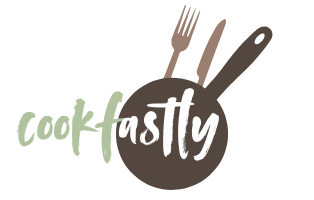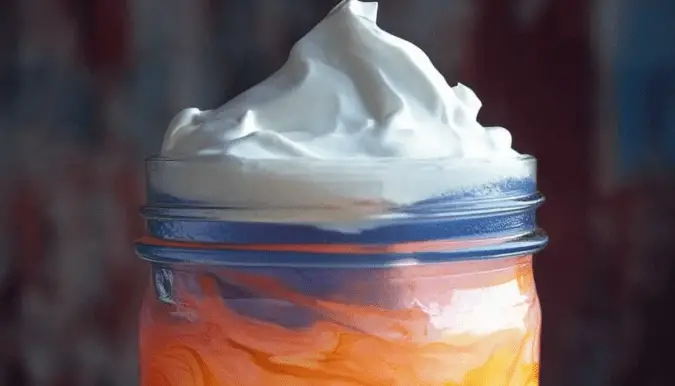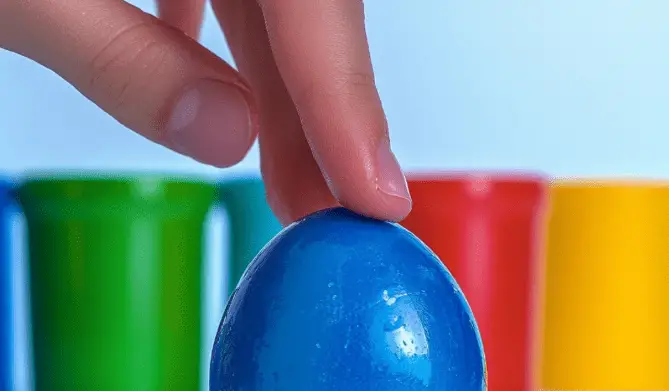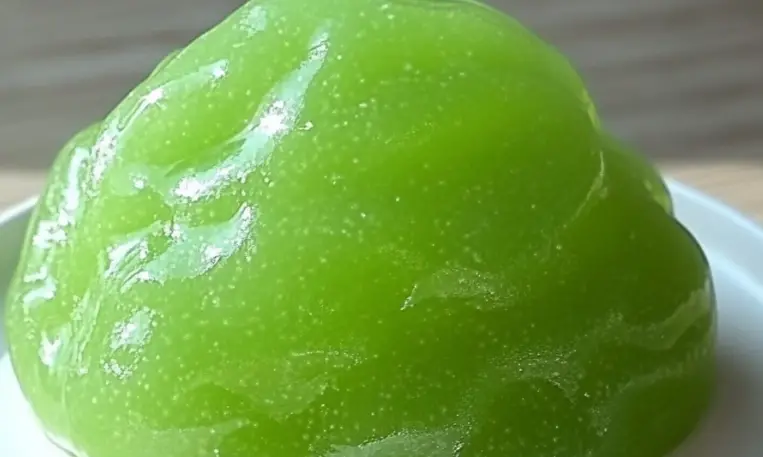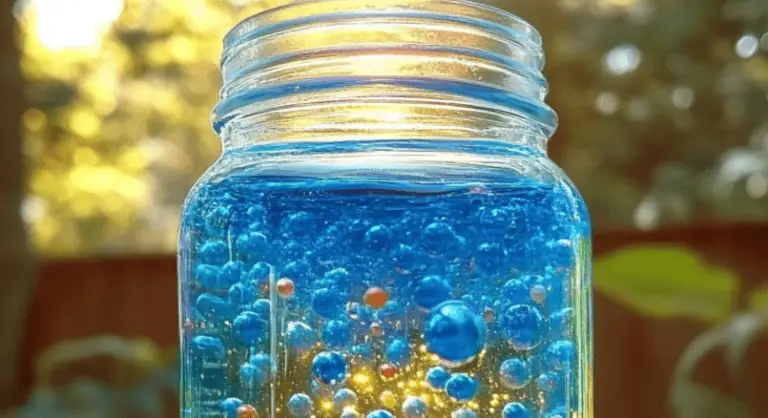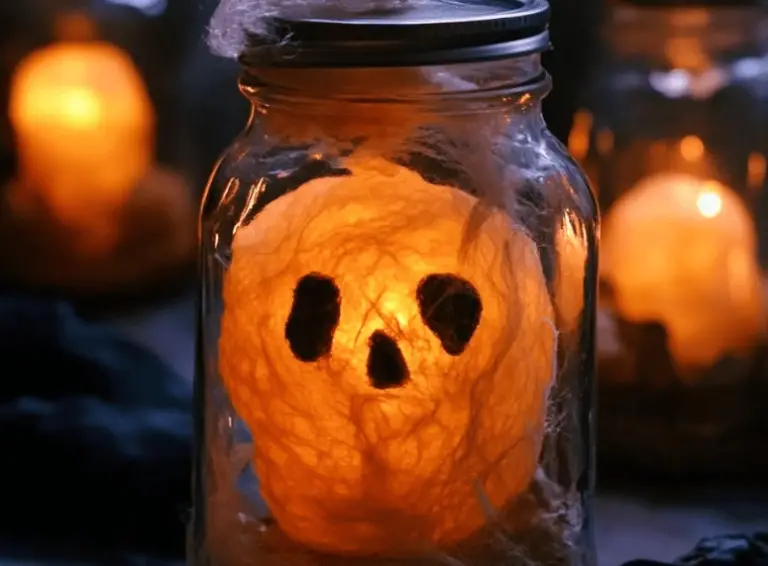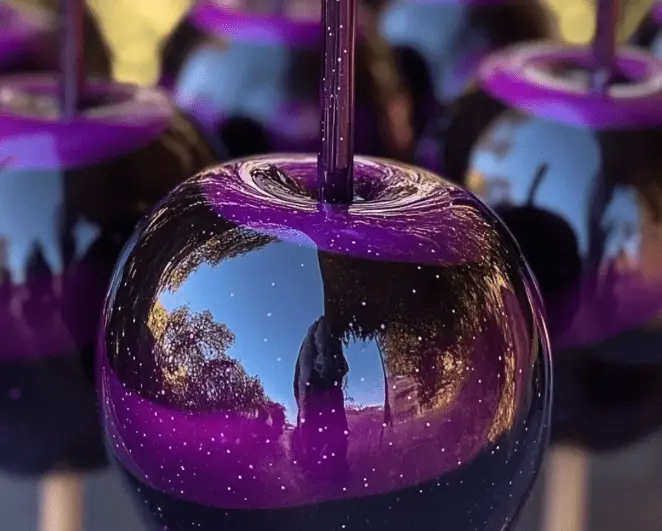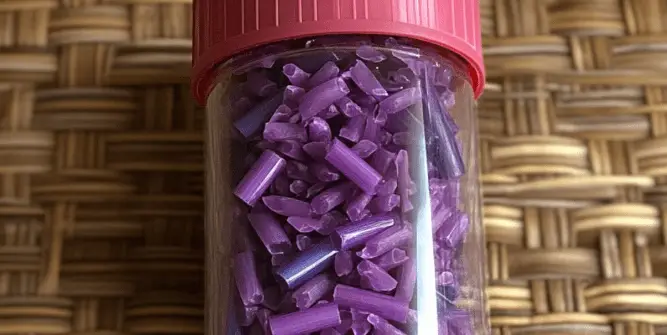How Clouds Make Rain: Shaving Cream Experiment to Explore the Water Cycle
The water cycle may seem like an abstract concept for young children, but with the right visual tools, even complex science can become magical. The How Clouds Make Rain: Shaving Cream Experiment is a simple and engaging activity that turns a glass of water and a few household ingredients into a vivid demonstration of how clouds form and release rain. With no mess and minimal preparation, this DIY project is perfect for classrooms, kitchens, or afterschool play.
As the colorful “rain” slowly seeps through a shaving cream cloud and falls into the water, children gain a tangible understanding of how real clouds absorb moisture and become too heavy to hold it, triggering rainfall. This experiment is ideal for hands-on learners and sparks plenty of questions and curiosity about weather, nature, and science.
Table of Contents
Ingredients
To perform the How Clouds Make Rain experiment, you will need the following materials:
- 1 clear glass jar or cup
- 1 squirt bottle
- Water
- Shaving cream (avoid gel types)
- Food coloring
These are common, safe, and affordable items, making the experiment easy to replicate in different settings with little to no advance planning.
Instructions
Preparation:
- Begin by filling the clear jar or glass nearly to the top with water. Leave about one inch of space to allow room for the shaving cream cloud.
- In a squirt bottle, mix water with a few drops of food coloring. Shake until the color is evenly blended. You can use one color or multiple for variety.
Experiment:
- Spray a thick, fluffy layer of shaving cream over the top of the water in the jar. This layer will act as your cloud.
- Gently squeeze the colored water from the squirt bottle onto the top of the shaving cream. Go slowly to allow the color to gradually penetrate the foam.
- Watch closely as the food coloring begins to seep through the shaving cream and drip into the water below. This represents the moment when a cloud becomes too heavy and starts to rain.
Children will be fascinated as the colors swirl downward, creating mesmerizing patterns while clearly representing how rainfall occurs in nature.
Benefits of This Craft
This experiment offers a wide range of educational and developmental benefits:
- Introduces scientific concepts: It provides an age-appropriate introduction to the water cycle, particularly how clouds collect moisture and eventually release it as precipitation.
- Hands-on learning: The process of building the cloud, adding color, and watching the result fosters engagement and reinforces the learning experience.
- Encourages observation and inquiry: Children are naturally curious and will ask questions as they watch the changes, helping to build critical thinking skills.
- Supports fine motor development: Squeezing the squirt bottle and layering the shaving cream help children practice coordination and muscle control.
- Reusable and low-cost: The experiment can be repeated multiple times with the same materials, allowing for different color combinations and scientific variations.
This craft makes science exciting and accessible for young minds and helps educators and parents explain abstract processes in concrete, visual ways.
Tips
For the best results when doing the shaving cream cloud experiment, keep the following tips in mind:
- Use a clear, wide glass so kids can clearly see what’s happening from the side view.
- Choose foam shaving cream rather than gel. Foam provides the right density and visual effect.
- Don’t oversaturate the cloud too quickly. Add the colored water slowly so children can see how it builds up before breaking through.
- Try different colors in separate squirt bottles to make the experiment more visually exciting and allow for multiple “storms.”
- Repeat the experiment to reinforce learning or to show how heavier clouds rain faster.
Adding narrative storytelling can make it even more engaging. For instance, describe the cloud as getting heavier and heavier until it “can’t hold on anymore.”
What Does It Taste and Look Like?
While not a recipe, describing the appearance and texture can help set expectations for the sensory experience. The experiment looks like a small thunderstorm captured in a jar. The white shaving cream mimics the fluffy appearance of cumulus clouds, while the food coloring drips through like raindrops caught in slow motion.
The water below remains clear at first, but gradually takes on streaks and swirls of vibrant color. The effect is mesmerizing and almost magical, especially when multiple colors are used. As the experiment progresses, the cloud begins to break apart and float on top, adding a new layer of visual change.
Though not edible, this craft is a feast for the eyes and imagination, evoking the beauty of real weather in a safe, small-scale format.
How to Store
This activity is designed to be enjoyed in the moment, but here are some suggestions for cleanup and reuse:
- The shaving cream will dissolve and become cloudy over time, so it’s best to discard the contents of the jar shortly after the experiment ends.
- You can rinse the jar and reuse it for another round if you want to experiment with different color patterns or layering techniques.
- Leftover colored water in the squirt bottle can be saved for the next day’s experiment, as long as it is sealed tightly.
- Clean any spills with warm water and a damp cloth. Shaving cream is easy to wipe up and doesn’t stain.
This project doesn’t require any long-term storage but can be easily recreated whenever the learning opportunity arises.
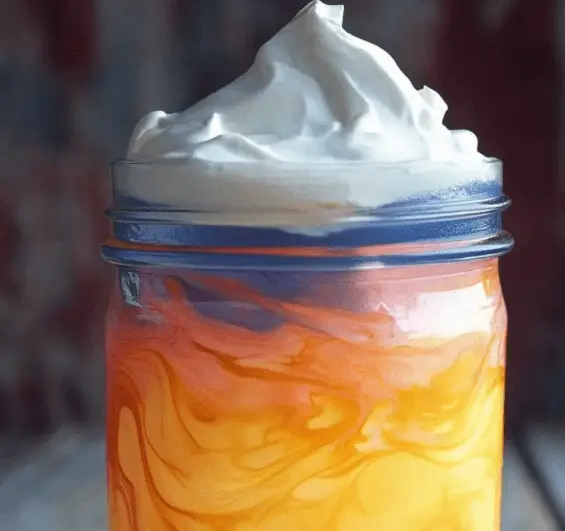
The How Clouds Make Rain: Shaving Cream Experiment is a simple, memorable, and visually stunning way to teach children about how weather works. It transforms basic household materials into a dramatic, miniature science demonstration that engages the senses and the mind.
This project provides an opportunity to explore scientific concepts, develop motor skills, and spark curiosity about the world. It’s perfect for parents seeking creative learning activities at home, teachers looking to enhance their lesson plans, or anyone wanting to turn a rainy day into a moment of discovery.
If you’re looking to explore more educational crafts that combine fun and science, visit More DIY craft ideas and find inspiration for your next project.
FAQ
What age is this experiment suitable for?
This craft is perfect for preschoolers through middle schoolers. Younger children should be supervised, especially when using food coloring and shaving cream.
Can I use whipped cream instead of shaving cream?
Shaving cream provides the best texture and density. Whipped cream may dissolve too quickly and does not achieve the same cloud effect.
How long does the experiment take?
The setup takes just a few minutes, and the rain effect begins almost immediately. The entire experiment can be completed in 10 to 15 minutes.
Does this stain clothing or surfaces?
Food coloring may stain fabrics, so wear play clothes and work over a protected surface or tray. Shaving cream is easily cleaned with water.
Can I reuse the materials?
You can reuse the glass jar and squirt bottle. The shaving cream and water should be refreshed for each use.
